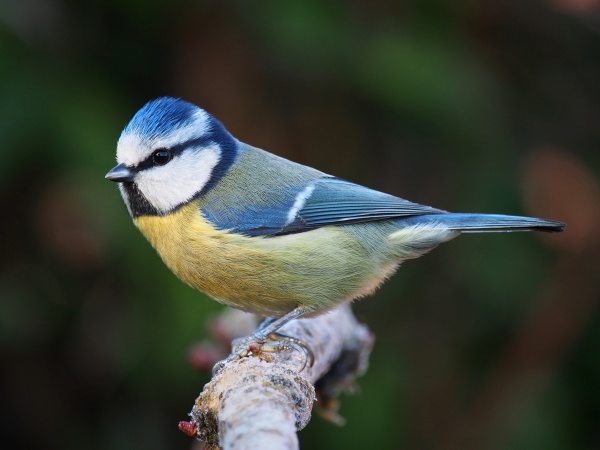Facts About Eurasian blue tit
The Eurasian blue tit is a charming little bird, easily recognizable by its vibrant blue and yellow plumage. These lively creatures can be spotted throughout Europe and the western Palearctic region. They’re not just visually striking—they’re also notable for their impressive acrobatic skills and a diet consisting primarily of insects and spiders.
First described by Carl Linnaeus in 1758, the Eurasian blue tit belongs to the Paridae family. Several subspecies are spread across Europe and the Middle East, each confined to its own specific range.
These birds are quite adaptable and can be found in both deciduous woodlands and urban areas. They often join mixed flocks with other tit species, making them a common sight in gardens where they entertain with their acrobatic feeding antics. They typically nest in tree holes or nest boxes and are quite successful at raising their young.
One of the reasons these birds are so beloved is that they help control insect populations by feeding on pests such as caterpillars. They’re also known for their cleverness, having been observed opening milk bottles to reach the cream inside!
Despite their predators—which include larger birds, mammals, and even adverse weather—they manage to thrive. They also host various parasites, including feather mites, but these do not seem to significantly impact their populations.
The Eurasian blue tit is classified as a species of Least Concern on the IUCN Red List and carries Green Status from the Royal Society for the Protection of Birds in the UK. Beyond their ecological role, they hold a special place in culture, frequently appearing on stamps and ornaments.

 Ireland
Ireland